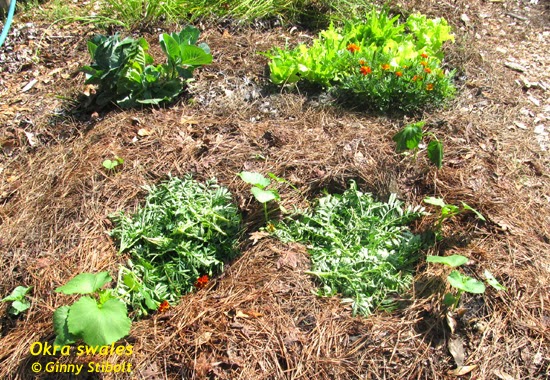 |
| The Art of Maintaining a Florida Native Landscape |
Yay! My new book is now available for preorder from Amazon. I've covered a wide array of topics, which I think have not been covered sufficiently in other books and online resources.
List of Chapters
1. Introduction to Natives and Their Ecosystems2. Planning Native Plant Projects
3. Invasive Exotics
4. Site Preparation and Landscape Editing
5. Selecting, Planting, and Caring for Natives
6. Propagation Techniques
7. Minding Your Edges
8. Managing Freedom Lawns, Lawn Replacements, and Meadows
9. Creating and Maintaining Groves, Hedgerows, and Fencerows
10. Landscaping in Moist Habitats
11. Beyond Your Yard
Appendix I. Suggested Native Plant List
Appendix II. Types of Mulch
Glossary
Resources
Illustrations are by Marjorie Shropshire
Marjorie has done a wonderful job with her illustrations, which make complex topics easy to understand. |
| This one answers the question, "What to do with a messy lawn tree?" |
Book Tour
I'll be a speaker at the Florida Native Plant Society's conference at the end of May, but since the book won't be out until August, my official book tour will be from August 31st until November 15th. See the Appearances tab for an up-to-date list. Email me at garden@sky-bolt.com |
| As tempting as it is to have fresh tomatoes from your garden, summer is NOT the time to plant them even though distributors for big box stores are trying to sell them to us. Wait until late August and you may end up with a moderate harvest before winter sets in. We included a detailed planting calendar by region in Organic Methods for Vegetable Gardening in Florida |
Green Gardening Matters,
Ginny Stibolt














































